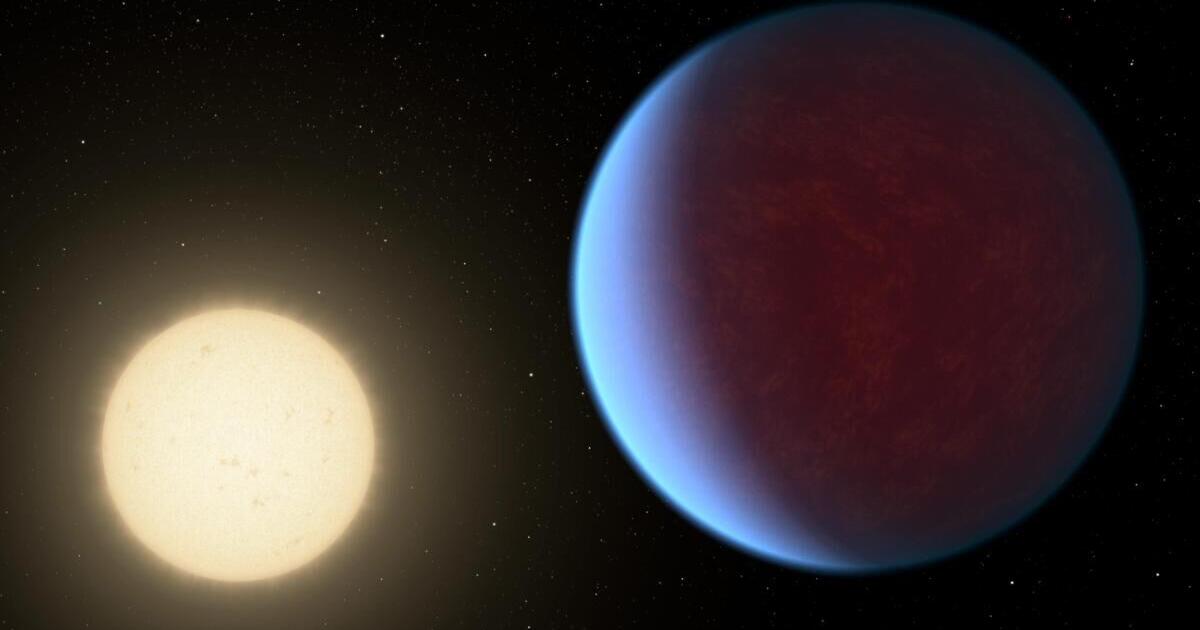A dense atmosphere has been discovered around a planet twice the size of Earth in the nearest solar system, researchers said Wednesday.
A so-called super-Earth – 55 Cangiri E – is one of the few rocky planets outside our solar system that has a significant atmosphere covered in a layer of carbon dioxide and carbon monoxide. The exact amount of these compounds is not known. Earth's atmosphere is a mixture of nitrogen, oxygen, argon and other gases.
“This is probably the strongest evidence that this planet has an atmosphere,” said Ian Crossfield, an astronomer at the University of Kansas who studies exoplanets and was not involved in the study.
The study was published in the journal Nature.
related to
NASA will take advantage of the imminent maximum solar activity to study how solar flares could affect robots and the future.
related to
CloudSat, a NASA mission that monitored hurricanes, calculated global snowfall rates and achieved other meteorological observations and…
related to
CAPE CANAVERAL, Florida – NASA has finally received a coherent signal from Voyager 1 again.
The term “super-Earth” refers to the size of a planet – larger than Earth, but smaller than Neptune. The planet's high temperatures, which can reach 2,300 degrees Celsius (4,200 degrees Fahrenheit), indicate that life is impossible.
Instead, scientists say the discovery is a promising sign that other such rocky planets may exist with thick atmospheres.
Located 41 light-years away, this exoplanet is eight times as massive as Earth and orbits its star Copernicus so closely that it has permanent day and night sides. A light year is equal to almost 6 billion miles. Its surface is covered by magma oceans.
To identify the composition of its atmosphere, the researchers analyzed observations from the Webb Space Telescope before and after the planet passed behind its star.
They separated the light emitted by the planet, compared it to its star, and used the data to calculate its temperature. There is evidence that the planet's heat is distributed more evenly across its surface, known as atmospheres.
Gases from its magma oceans play an important role in maintaining the stability of its atmosphere. Studying this super-Earth could also provide clues to how Earth and Mars formed with their cooled magma oceans, the researchers said.
“This is a rare opportunity,” said Renyu Hu, a planetary scientist at NASA's Jet Propulsion Laboratory who participated in the research. “We can see this very early stage of planetary evolution.”




:quality(85)/cloudfront-us-east-1.images.arcpublishing.com/infobae/TEQF6EONZRFGLLLDIDD4L2O4EE.jpg)
:quality(85)/cloudfront-us-east-1.images.arcpublishing.com/infobae/ALZ45QGJHVBDLMWI33TRDPQ2YA.png)